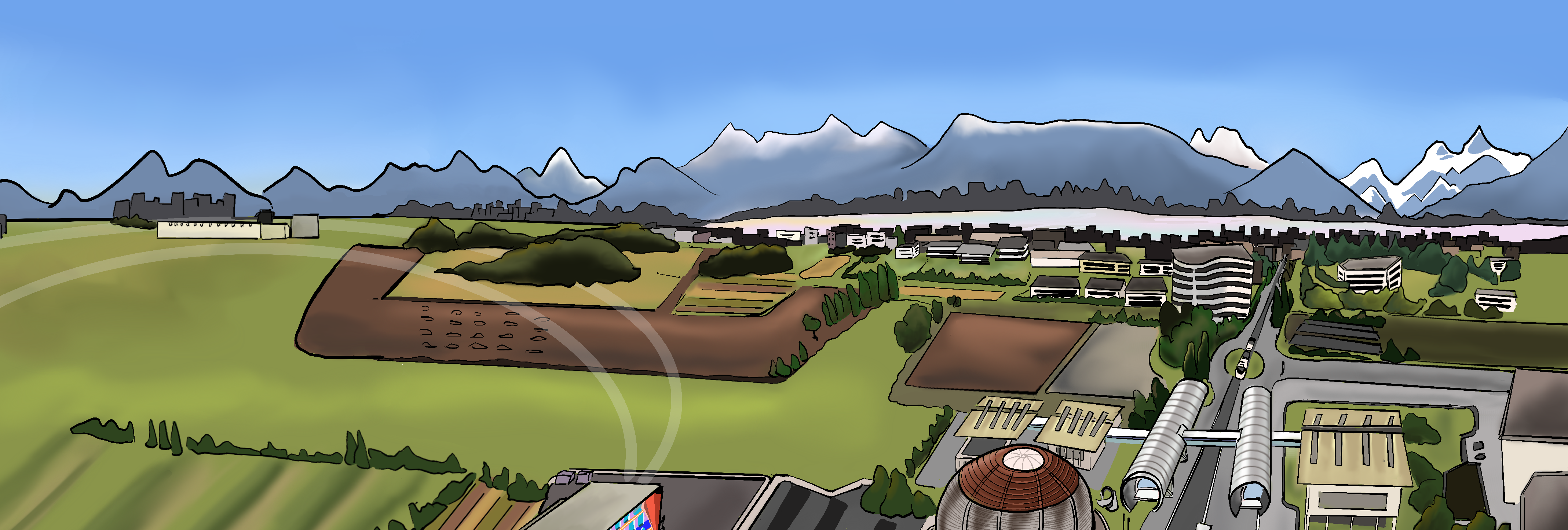Speaker
Description
Among the few methods to probe the early Universe through the observation of primordial particles, one possibility remains relatively unexplored: the detection of high-energy neutrinos emitted shortly after the Big Bang, originating from the decay or annihilation of early-Universe relics.
We present a general study of this scenario. First, we emphasise that such neutrinos could exhibit distinctive sharp spectral features, shaped by the initial energy distribution at emission and smoothed by redshift and radiative corrections. We then identify the ranges of mass (from sub-eV to the Planck scale) and lifetime of the source particles for which these sharp spectral features are expected to remain unaltered during propagation, considering interactions primarily with the cosmic neutrino background and among the high-energy neutrinos themselves.
Finally, we analyse the theoretical (i.e. mainly BBN and CMB) and observational constraints applicable to this scenario. This allows us to delineate the regions of parameter space (mass, lifetime, and relic abundance) that are already excluded, unlikely to be observable, or for which neutrinos could be observed in the near future.
